

— Blogs —
—Products—
 Consumer hotline +8618073152920
Consumer hotline +8618073152920 WhatsApp:+8615367865107
Address:Room 102, District D, Houhu Industrial Park, Yuelu District, Changsha City, Hunan Province, China
Product knowledge
Time:2025-10-22 16:42:06 Popularity:423
In the past decade, agriculture has undergone a quiet technological revolution. Climate change, labor shortages, water resource constraints, and food security issues are forcing traditional agriculture to seek new solutions. One of the core solutions is—agricultural IoT (Internet of Things).
From soil monitoring to automated irrigation, from drones to cloud-based data analysis, a group of startups is redefining agricultural production logic using sensors, algorithms, and data platforms. This transformation not only changes how crops are planted but also reshapes the efficiency and structure of the entire agricultural supply chain.
As an agricultural sensor brand, NiuBoL is deeply attuned to this trend and actively building an integrated ecosystem of "sensors + data + platforms" to help partners bridge the gap from "data collection" to "intelligent decision-making."
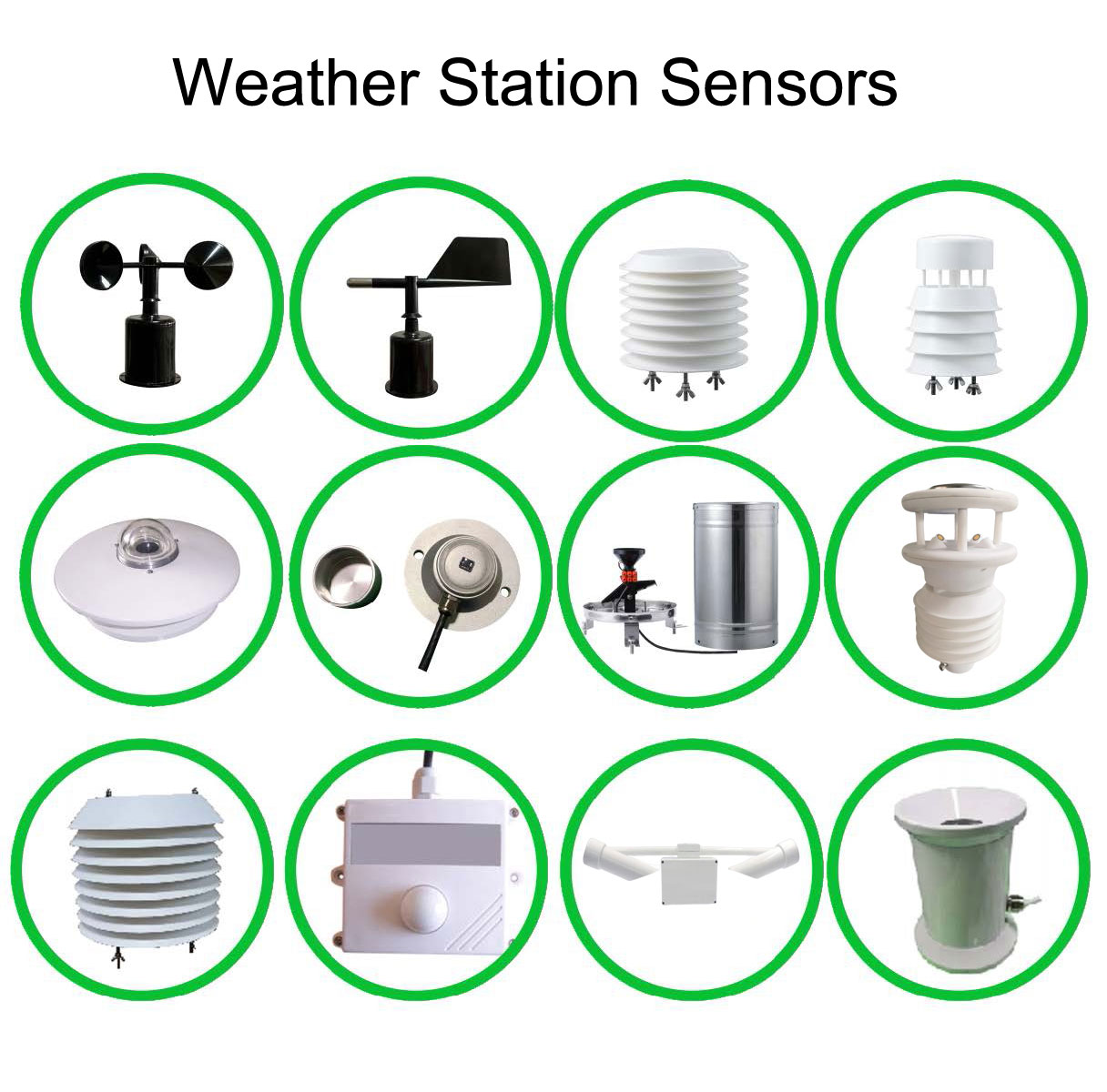
Agricultural IoT is more than just "connected sensors"; it represents a systems-thinking approach.
- End (Sensors): Real-time monitoring of environmental and crop conditions, such as soil moisture, meteorological factors, greenhouse temperature, light intensity, etc.;
- Network (Connectivity): Transmitting data to the cloud via LoRa, NB-IoT, 4G, 5G, and other methods;
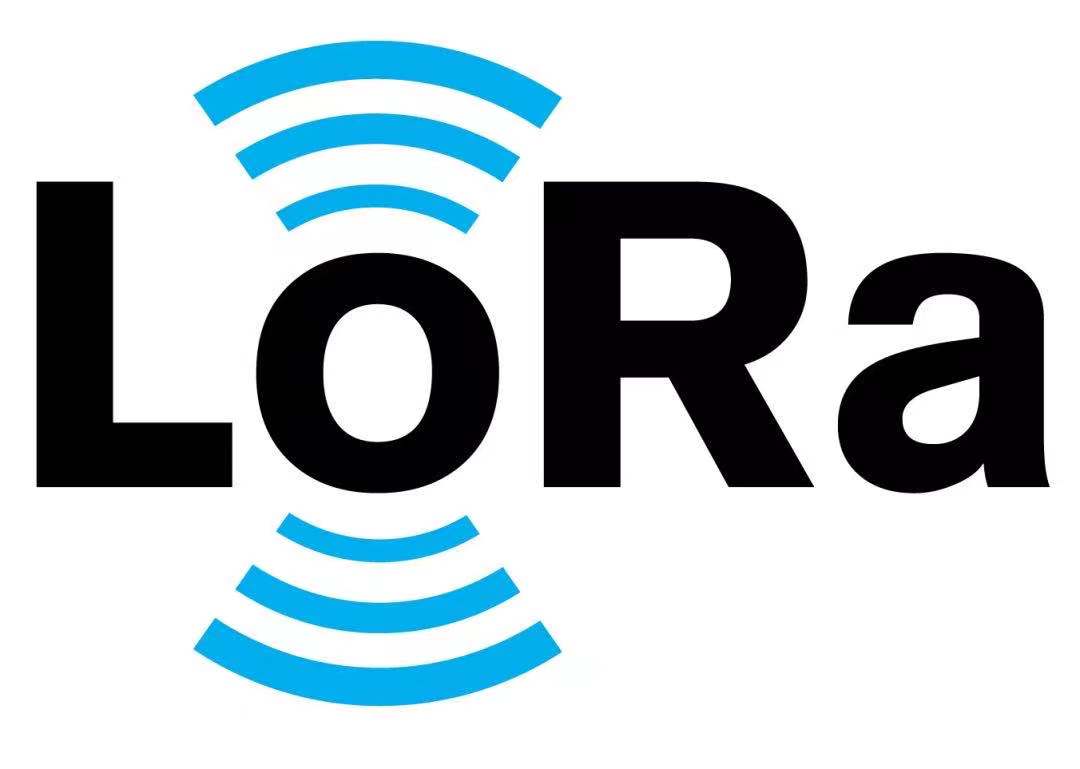
- Cloud (Cloud + AI): Analyzing, modeling, and predicting data;
- Application: Outputting decision recommendations or automating irrigation, fertilization, ventilation systems.
The value of this chain lies in digitizing, quantifying, and making predictable what were once invisible agricultural processes.
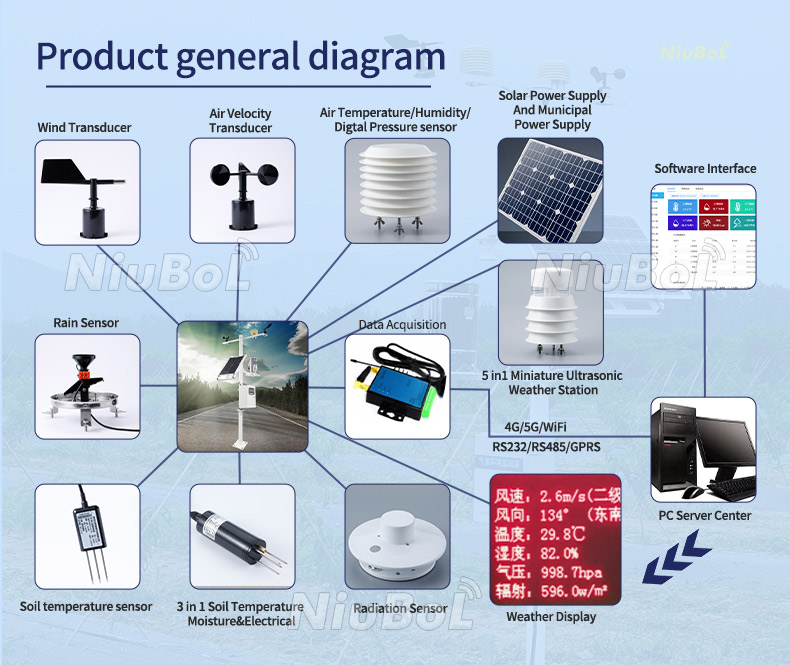
The agricultural IoT ecosystem is vast, but startups typically focus on three high-potential directions:
Startups deploy multi-point sensors and intelligent algorithms to achieve precise irrigation, fertilization, and pest and disease control.
- Data Sources: Soil moisture, EC conductivity, temperature, leaf wetness, meteorological parameters;
- Technical Path: Sensors + AI modeling;
- Target Outcomes: Transforming "experience-based fertilization" into "data-driven fertilization" and "scheduled irrigation" into "on-demand irrigation."
This approach can save 10-30% or more in water usage and improve fertilizer utilization by 10–30%.
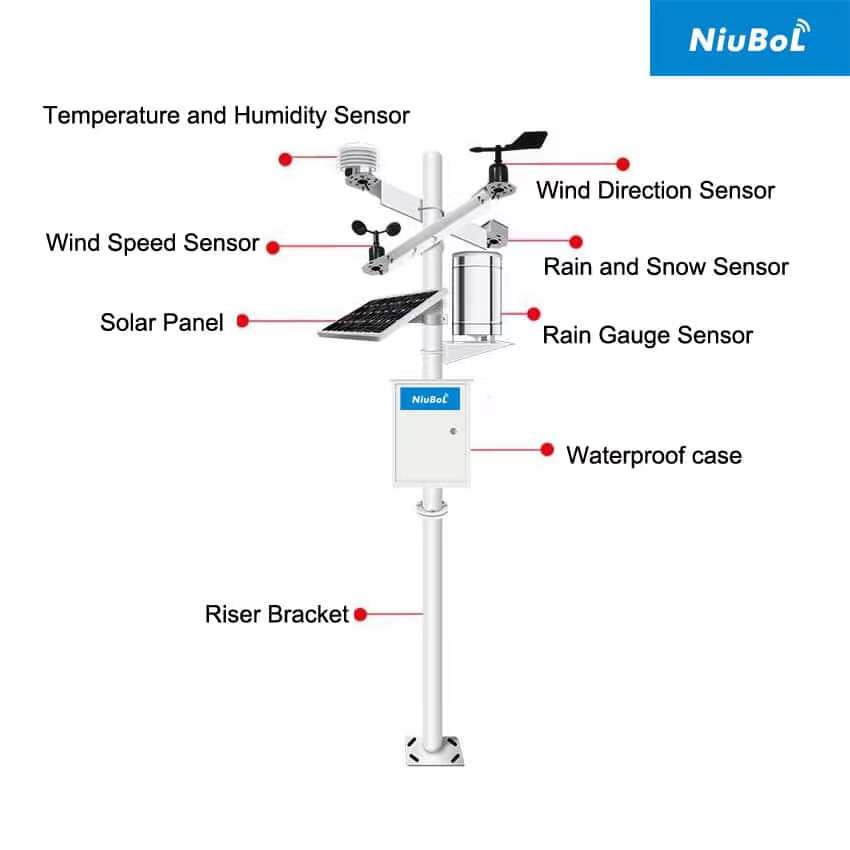
Startups are shifting from hardware manufacturing to "data platforms + services."
They focus on:
- Integrating data streams from various sensors;
- Visualizing soil and crop health status;
- Directly triggering automated control systems with AI analysis results.
This platform model elevates IoT from "point monitoring" to "holistic management," also providing collaboration interfaces for brands like NiuBoL.
Emerging AgTech companies are integrating sensors with robots to make farm machinery "smarter."
For example, harvesting robots can use IoT data to determine crop ripeness; plant protection drones can automatically adjust spraying paths based on sensor network data. This fusion represents the future direction of agricultural IoT—from "monitoring" to "execution."
Why are startups leading this wave? The answer lies in their flexibility and innovation speed.
- Scenario Focus: They concentrate on single crops, regions, or specific problems, solving them deeply and accurately;
- Strong Technological Integration: Small teams can quickly integrate cross-disciplinary technologies like AI, sensors, and satellite remote sensing;
- Light-Asset and Service-Oriented Models: Most adopt "SaaS + hardware leasing" models, allowing farmers to trial at low cost;
- Ecosystem Collaboration: They are willing to co-create deeply with university labs, hardware vendors, and agricultural enterprises.
These innovative companies are becoming key catalysts in the agricultural technology ecosystem, with NiuBoL providing them with foundational hardware and data pathways.
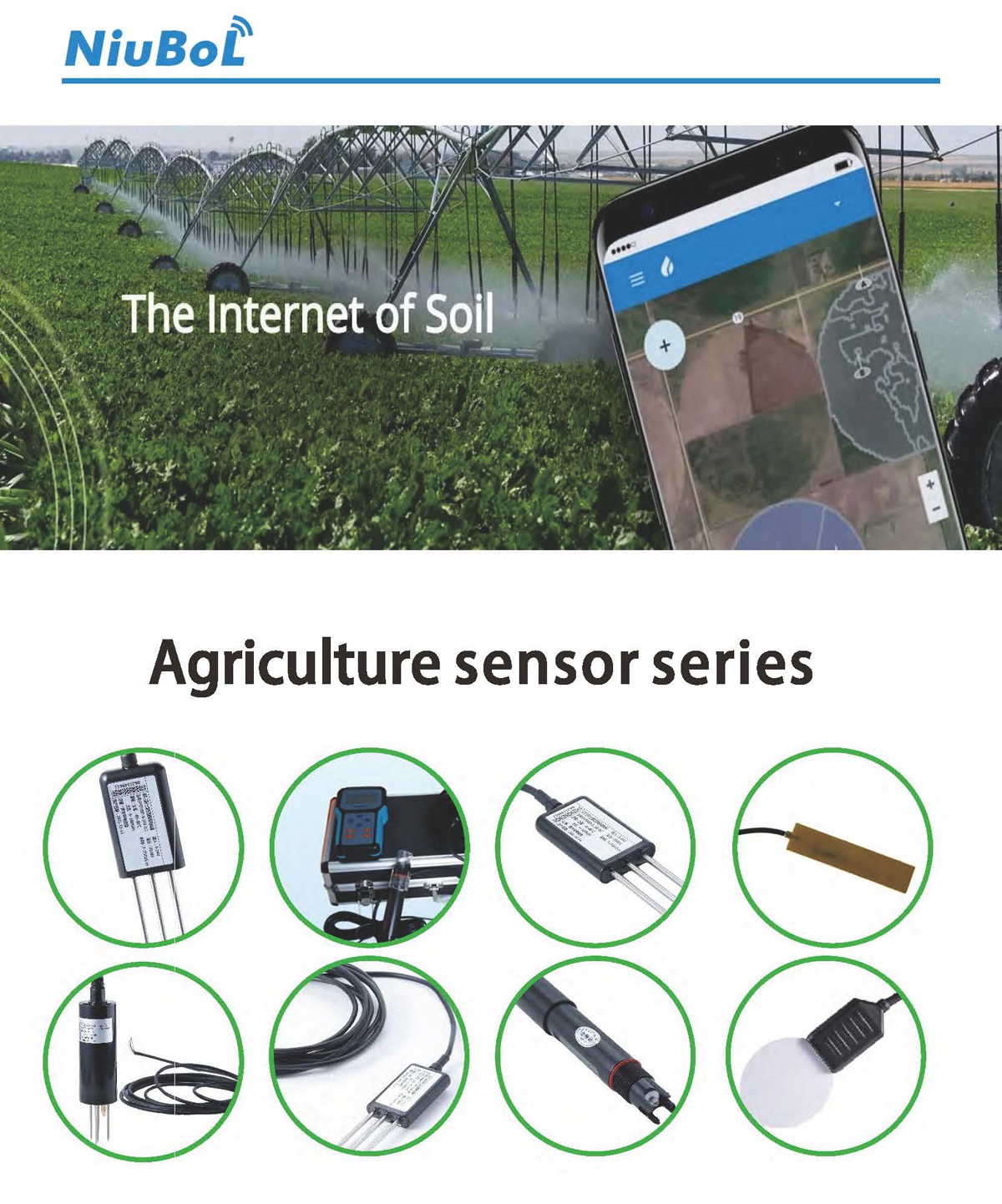
NiuBoL is more than a sensor manufacturer; it is the "foundation" of agricultural data systems.
Through collaborations with various agricultural IoT startups, we've observed evolving market demands:
- From single-parameter monitoring to multi-dimensional monitoring: Farmers want one device to measure soil moisture, temperature, EC conductivity, pH, and more simultaneously;
- From equipment reliability to data credibility: Emphasis shifts from sensor lifespan to data accuracy and calibratability;
- From local reading to global access: Compatibility with LoRa, WiFi, 4G, and 5G becomes standard;
- From product purchases to long-term services: Customers prefer bundled "hardware + cloud platform + technical support" solutions.
Based on these trends, NiuBoL has launched scalable sensor systems and cross-platform data interfaces, enabling agricultural IoT innovators to quickly build applications on our hardware foundation.
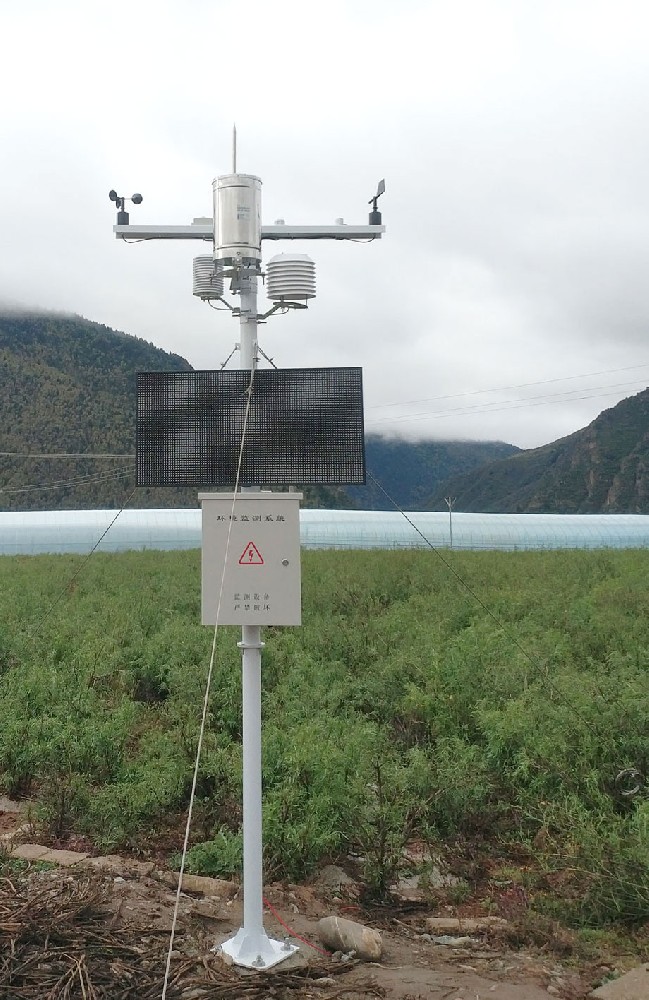
Technologies like LoRa and NB-IoT will make large-scale field deployments low-cost, long-lasting, and long-range.
Some intelligent sensors will incorporate micro AI chips for preliminary local analysis, reducing latency.
Satellite remote sensing + ground sensors + weather data will build more comprehensive agricultural digital twin systems.
Farmers will no longer buy equipment outright but subscribe to "data + analysis + support" services.
As cross-regional data sharing increases, the agricultural IoT industry will enter a phase of standardization and compliance.
It varies by scale; small greenhouse projects generally recover within 6–12 months, while large farms take 18–24 months. Water savings, fertilizer efficiency, and reduced labor costs are primary return sources.
Startups often opt for OEM or ODM partnerships, where hardware vendors (like NiuBoL) provide core sensor modules, and startups develop communication and platform layers for differentiation.
It doesn't replace farmers but empowers them. IoT allows remote field data viewing via phones or computers, reducing trial-and-error costs and boosting yields.
Soil health monitoring, greenhouse intelligent control, crop stress early warning, agricultural carbon monitoring, and smart irrigation will be key breakthrough directions.
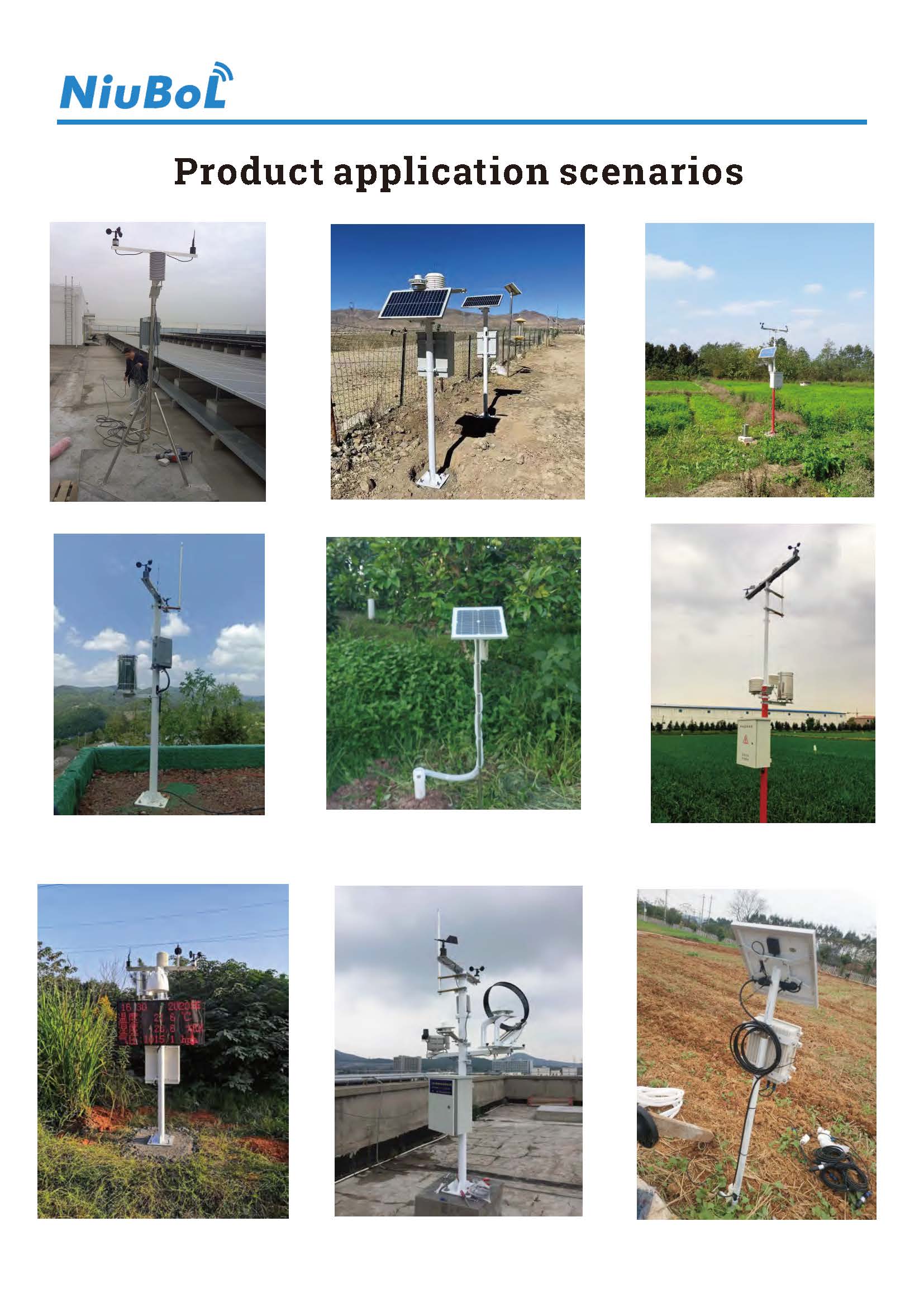
Agricultural IoT is one of the most promising technology fusion fields today. Startup innovations are not isolated; they are part of the entire ecosystem. Their speed and flexibility complement the expertise and reliability of sensor vendors like NiuBoL. The future of agriculture will compete not just on "who farms better," but on "who masters data and decides faster."
> The next decade of agricultural IoT will not belong to a single brand, but to those who dare to innovate, collaborate, and use data to transform agriculture.
Prev:The Impact of 5G on IoT Agriculture Sensors
Next:Regional Outlook: Agriculture Weather Stations in Africa
Related recommendations
Sensors & Weather Stations Catalog
Agriculture Sensors and Weather Stations Catalog-NiuBoL.pdf
Weather Stations Catalog-NiuBoL.pdf
Related products
 Combined air temperature and relative humidity sensor
Combined air temperature and relative humidity sensor Soil Moisture Temperature sensor for irrigation
Soil Moisture Temperature sensor for irrigation Soil pH sensor RS485 soil Testing instrument soil ph meter for agriculture
Soil pH sensor RS485 soil Testing instrument soil ph meter for agriculture Wind Speed sensor Output Modbus/RS485/Analog/0-5V/4-20mA
Wind Speed sensor Output Modbus/RS485/Analog/0-5V/4-20mA Tipping bucket rain gauge for weather monitoring auto rainfall sensor RS485/Outdoor/stainless steel
Tipping bucket rain gauge for weather monitoring auto rainfall sensor RS485/Outdoor/stainless steel Pyranometer Solar Radiation Sensor 4-20mA/RS485
Pyranometer Solar Radiation Sensor 4-20mA/RS485
Screenshot, WhatsApp to identify the QR code
WhatsApp number:+8615367865107
(Click on WhatsApp to copy and add friends)
